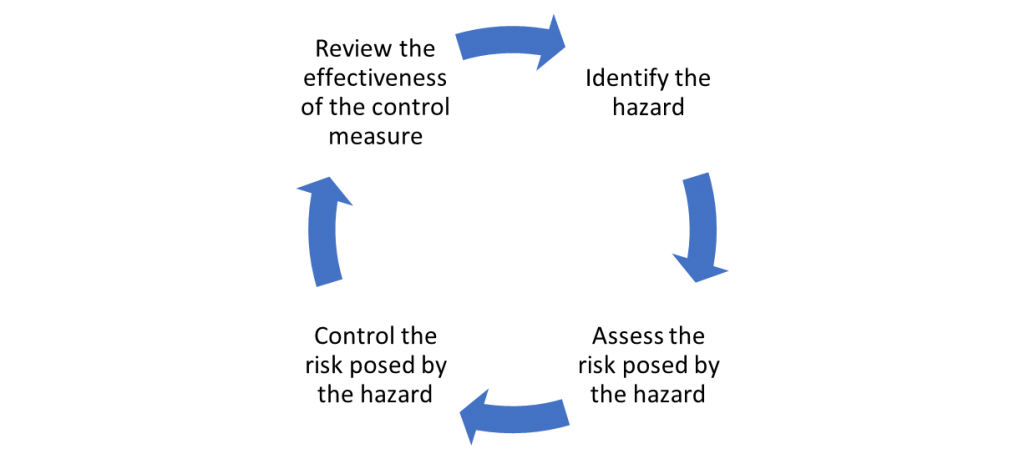If working from home during lockdown affords you time away from customers to focus on admin, I encourage you to check out the People at Work survey which is a free psychosocial risk assessment tool that was launched by WHS regulators this year @ peopleatwork.gov.au.
The survey tool is only appropriate for employers of 20 or more staff, and this will not suit many South Australian business. For SMEs, here follows a summary of what the tool offers and how these risk management principles can be applied in a smaller business.
These days we understand that health and safety is not just about physical welfare, but social and emotional health as well. The risks identified in the People at Work survey are very similar to the 12 most common causes of psychological hazards identified by SafeWork SA:
| 1 High job demands | 7 Poor organisational change management |
| 2 Low job demands | 8 Poor organisational justice |
| 3 Low job control | 9 Low recognition and reward |
| 4 Poor support from supervisors / co-workers | 10 Remote and isolated work |
| 5 Poor role clarity and role conflict | 11 Poor environmental conditions |
| 6 Poor workplace relationships | 12 Violent or traumatic events |
Psychosocial risk management regarding these types of workplace issues operates just like any other WHS risk management process:
You can discover which of these common psychosocial hazards threaten your staff welfare (and cause absenteeism, staff turnover and lost productivity) by consulting with your team, conducting surveys such as the People at Work survey, and by observing staff for signs of distress.
Even if you elect not to use the People at Work survey, you can download a Focus Group Guide and an Action Planning Guide from the People at Work site. The Focus Group Guide contains useful guidance on protecting confidentiality, asking the right questions to obtain valuable information from staff, how to analyse collected data and how to report on outcomes to your workforce.
The Action Planning Guide assists you to develop smart goals and actions to manage the psychosocial risks that you have identified in your workplace. The control measures you implement might be environmental, organisational, individual or they may involve training and education. The Guide includes an example action plan template to monitor progress on implementation of control measures and promote accountability.
Besides complying with your WHS duty as a Person Conducting a Business or Undertaking to ensure the health and safety of workers so far as is reasonably practicable, these activities generate valuable goodwill and keep our workers compensation premiums down.
We will all be feeling the effects of isolation this week, so let the first risk management measure be keeping in touch. Stay well.
For further information or assistance contact Thea Birss at tbirss@vardons.com.au or on 0422 203 184.
